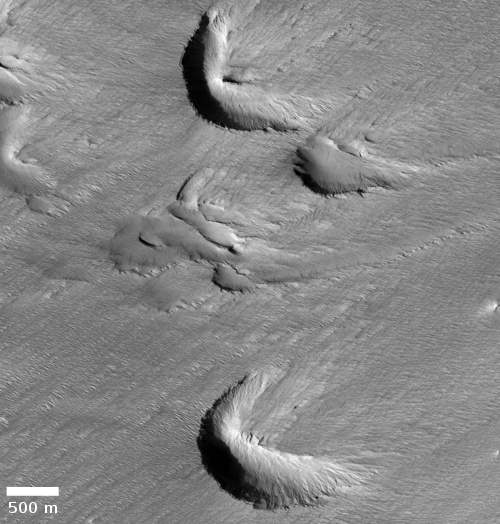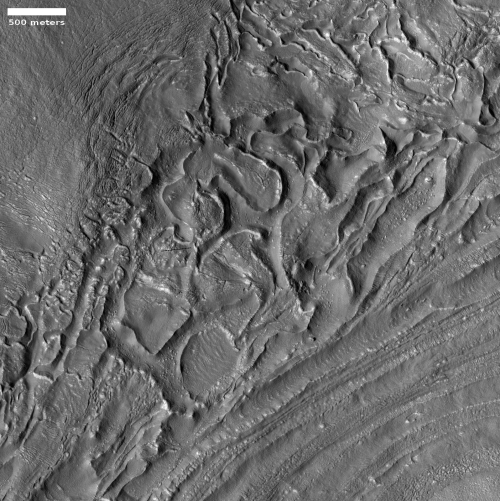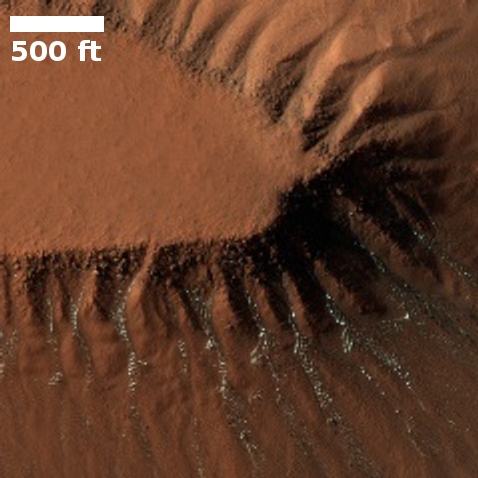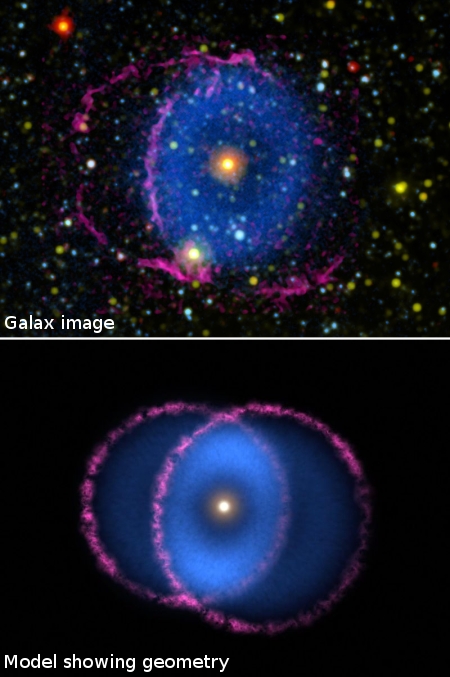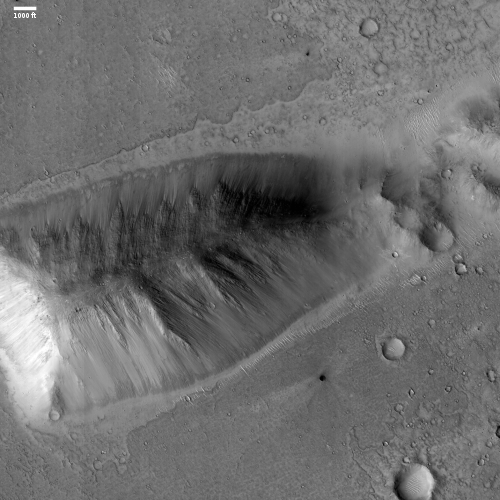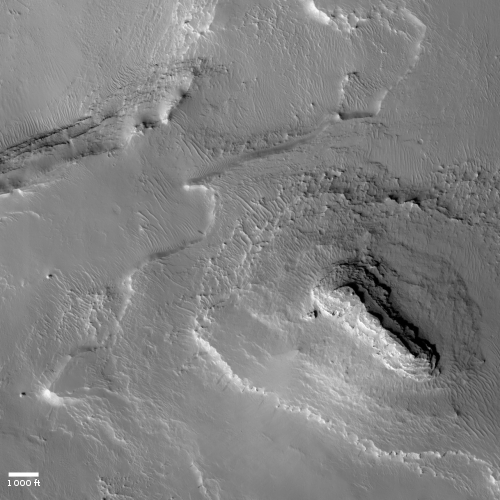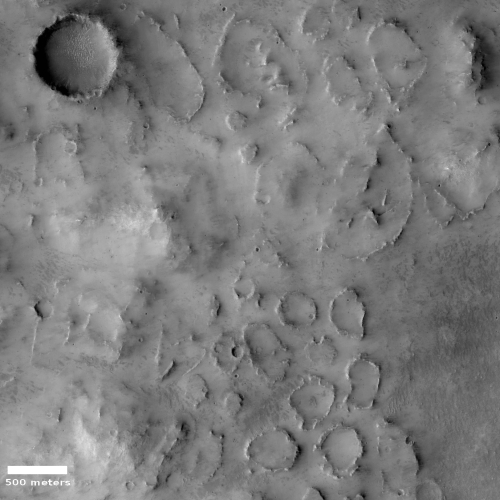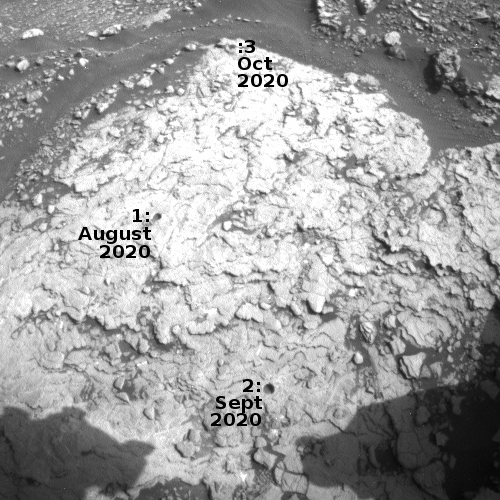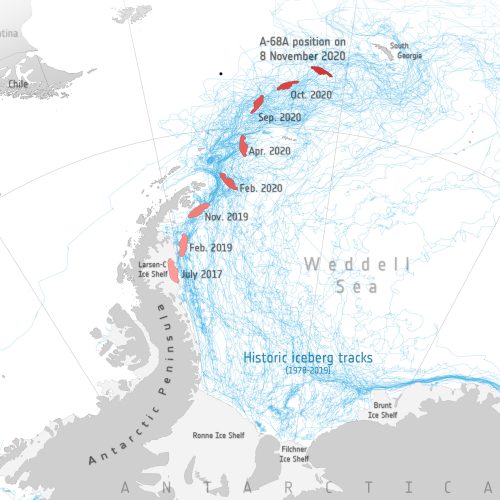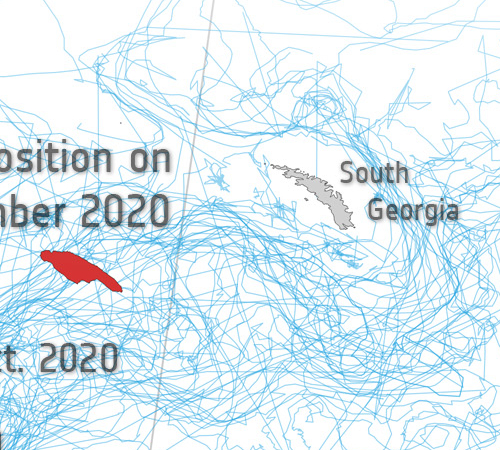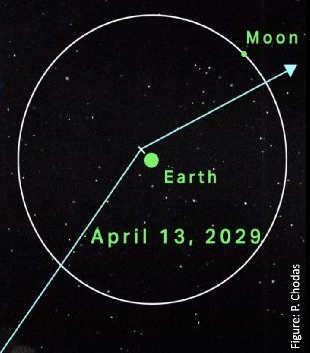The certainty of the COVID-19 panic: A large Danish study involving about 6,000 people has found that cloth masks provide “statistically insignificant” protection from infection.
From the paper’s conclusion:
The recommendation to wear surgical masks to supplement other public health measures did not reduce the SARS-CoV-2 infection rate among wearers by more than 50% in a community with modest infection rates, some degree of social distancing, and uncommon general mask use. The data were compatible with lesser degrees of self-protection. [emphasis mine]
I highlight the last sentence to nip in the bud the claims I expect from the Chicken Little crowd that will point to that “50%” number as proof that masks work. The last sentence points out that a 50% reduction in infection rate is what you also get by washing your hands and avoiding already infected individuals. The masks themselves make no difference.
The study found that 42 people in the in the mask group got infected, compared to 53 in the non-mask group. Since both groups contained 3,000 people, the percentage infected for both groups was about 2%, with the mask group having slightly less infections.
It is important to note the real scale of the virus as demonstrated by this study. Out of 6,000 participants, all older than 18 with no current or prior symptoms, very few people got infected. No one apparently died.
The study notes that it did not look at the effectiveness of masks worn by sick people. It is possible that in that circumstance the mask could prevent the infected person from transmitting the virus to others, but that requires more study. However, having people wear masks in the presence of a sick person had been the practice where masks were used for decades. And it certainly makes more sense than making millions of totally healthy people mask themselves wherever they go, twenty-four hours a day.
Either way, this study illustrates again that the mask mandates being imposed by edict by political leaders have no basis in science. The mandates do not require proper use, and even if they did it is unrealistic to expect that proper use. And even if the use was proper globally, this study shows that the mask would accomplish nothing.
But hey, it is important to make feel-good gestures, even if those feel-good gestures are pointless and cause our focus to shift away from more important tasks, such as immunizing children from measles. So what children will die unnecessarily from the measles and rubella! We will feel safe.

